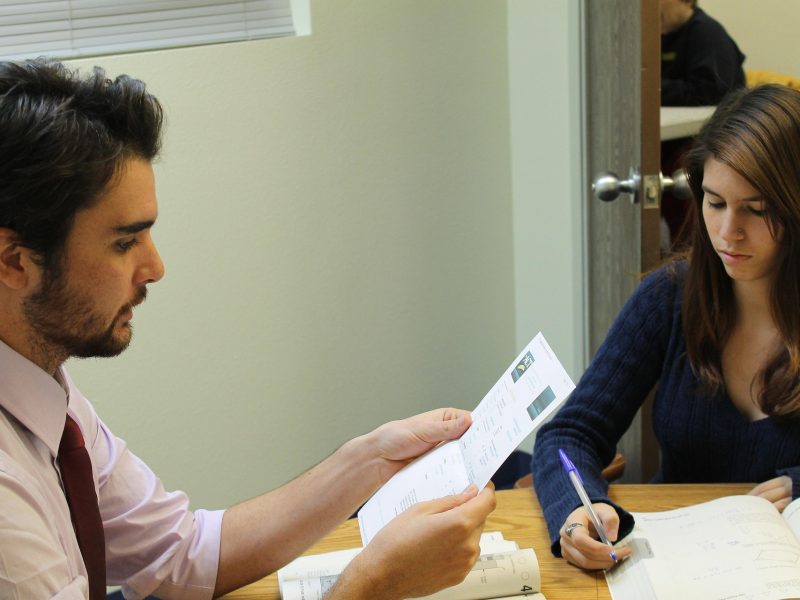When parents and teachers think about boarding school, rigorous academics often come to mind first. While academic excellence is undoubtedly a cornerstone, the boarding school experience extends far beyond textbooks and classrooms. What truly sets many boarding institutions apart is the incredible breadth and depth of their extracurricular programs. These activities aren’t just optional add-ons; they are integral components of the educational philosophy, designed to nurture well-rounded individuals, foster passions, and teach invaluable life skills. For parents exploring options or teachers immersed in this environment, understanding the scope and significance of boarding school extracurriculars is key. Why are these activities so emphasized, and what opportunities typically await students after the school bell rings? This post delves into the vibrant world of extracurriculars at boarding school, exploring the types of activities offered and the profound impact they have on student development.
The Importance of Extracurriculars in Boarding School
Boarding schools place a strong emphasis on extracurricular participation, often making it mandatory, for several compelling reasons. Unlike day schools where students might scatter after classes, boarding schools have a captive audience and extended hours, allowing for more immersive and diverse programming. This structured engagement serves multiple purposes critical to adolescent development, particularly in a residential setting.
Firstly, extracurriculars provide a crucial balance to the demanding academic schedule. They offer outlets for stress relief, physical activity, and creative expression, contributing significantly to student well-being and mental health. Secondly, these activities are powerful vehicles for skill development. Whether it’s teamwork and leadership on a sports field, discipline and creativity in an art studio, or critical thinking in a debate club, students acquire practical competencies that complement their academic learning. As highlighted by institutions like Army and Navy Academy and Career Point Gurukul, these skills – communication, collaboration, resilience, time management – are highly valued in college and future careers (read more about the Skills Students Gain at Boarding School). Thirdly, extracurriculars are central to building community. Shared interests and collaborative efforts forge strong bonds among students and between students and faculty advisors or coaches, strengthening the social fabric of the school.
Athletics: Fostering Teamwork, Discipline, and Health
Sports programs are often a highly visible and integral part of boarding school life (explore Specialized Athletics Programs). The range of athletic opportunities typically surpasses what’s available in many day schools, catering to various skill levels and interests. Competitive interscholastic teams are common, with schools competing against rivals in leagues for sports like football, basketball, soccer, lacrosse, hockey, swimming, tennis, and track and field. These teams often benefit from dedicated coaching staff, excellent facilities (fields, courts, pools, fitness centers), and structured training schedules integrated into the daily routine.
Beyond competitive teams, boarding schools usually offer robust intramural programs, allowing students to participate in sports for fun, fitness, and camaraderie without the pressure of high-level competition. Individual sports and fitness activities like cross-country running, golf, squash, equestrian programs, yoga, dance, martial arts, or weight training are also frequently available. Participation in athletics instills discipline, teaches the value of teamwork and sportsmanship, promotes physical health, and helps students develop resilience through facing challenges and overcoming setbacks. For parents, the emphasis on physical activity and the structured nature of sports programs are often seen as significant benefits, ensuring students stay active and engaged.
Arts and Culture: Cultivating Creativity and Expression
Boarding schools are often hubs of artistic and cultural activity, providing students with exceptional resources and opportunities to explore their creative potential. Arts programs in boarding schools are typically well-funded and diverse, encompassing visual arts, performing arts, and music (explore Specialized Arts Programs).
Visual arts departments might offer courses and studio time in painting, drawing, sculpture, ceramics, photography, graphic design, and even architecture. Students often have access to dedicated studios, darkrooms, and digital labs, guided by experienced faculty who are often practicing artists themselves. Performing arts thrive through drama clubs and theatre productions, ranging from classic plays to contemporary works and musicals. Students can get involved in acting, directing, stage management, set design, lighting, and costume creation. Music programs are equally vibrant, featuring orchestras, bands (concert, jazz, rock), choirs, a cappella groups, and opportunities for individual instrumental or vocal lessons. Access to practice rooms, performance halls, and recording studios is common.
These programs allow students to develop aesthetic appreciation, hone technical skills, build confidence through performance or exhibition, and collaborate creatively with peers. Cultural clubs celebrating different heritages, languages, or global issues also enrich the school environment, fostering understanding and appreciation for diversity. For teachers, these programs offer dynamic ways to engage students, while parents value the opportunity for their children to develop artistic talents and cultural awareness.
Clubs and Organizations: Exploring Niche Interests and Leadership
Beyond sports and arts, boarding school clubs offer a vast landscape for students to explore specific interests, develop leadership skills, and connect with like-minded peers. The variety is often staggering, driven by both faculty initiatives and student passions. Academic clubs might include math teams, science olympiads, robotics clubs, coding groups, or debate teams, providing avenues for deeper exploration beyond the standard curriculum.
Publication clubs, such as the school newspaper, literary magazine, or yearbook, offer hands-on experience in writing, editing, photography, and design. Service organizations focus on community outreach and volunteer work, instilling a sense of social responsibility. Examples include environmental clubs, social justice groups, or partnerships with local charities. Special interest clubs cater to almost anything imaginable – from chess and cooking to investment clubs, Model United Nations (Model UN), outdoor adventure clubs, or film appreciation societies.
Participation in these clubs allows students to delve into niche subjects, develop organizational and leadership skills by taking on roles within the club structure, and manage projects. They learn to work collaboratively towards common goals and advocate for their interests. This aspect of boarding life is crucial for developing initiative and discovering potential career paths or lifelong hobbies. The sheer variety ensures that almost every student can find a group where they feel they belong and can contribute meaningfully.
Balancing Act: Time Management and Well-being
With such a rich array of academic and extracurricular demands, learning effective time management at boarding school becomes a critical skill. The structured daily schedule, including designated times for classes, activities, meals, and study, provides a framework. However, students must learn to navigate their commitments, prioritize tasks, and balance their academic workload with their extracurricular involvement and social life. This is often a learning process, supported by advisors, dorm parents, and teachers.
Boarding schools recognize the potential for students to feel overwhelmed and typically have support systems in place to promote well-being. Mandatory participation in activities ensures students engage beyond academics, providing necessary outlets for stress and promoting physical and mental health. The close-knit community and accessible faculty mean that students who are struggling can often be identified and supported more easily than in larger, less residential settings. Learning to manage this demanding schedule within a supportive environment is excellent preparation for the independence and self-discipline required in college and adult life.
Conclusion: Shaping Well-Rounded Individuals
Extracurricular activities are far more than just after-school hobbies at boarding school; they are a fundamental pillar of the educational experience. The diverse and abundant extracurricular opportunities at boarding school, spanning athletics, arts, clubs, and service, provide fertile ground for students to discover passions, develop talents, build character, and forge lasting friendships. They learn invaluable life skills – teamwork, leadership, discipline, creativity, time management, and resilience – in practical, engaging contexts.
For parents considering this path, the robust extracurricular life offers assurance that their child’s development will be holistic, addressing social, emotional, physical, and creative needs alongside academic rigor. For teachers, these programs provide alternative avenues to connect with and mentor students, contributing to the vibrant, supportive community that defines the best boarding schools. Ultimately, the world beyond the classroom is where much of the unique value of a boarding education is realized, shaping students into capable, confident, and well-rounded individuals prepared for a complex world.










